“Assistive technology has changed my life”
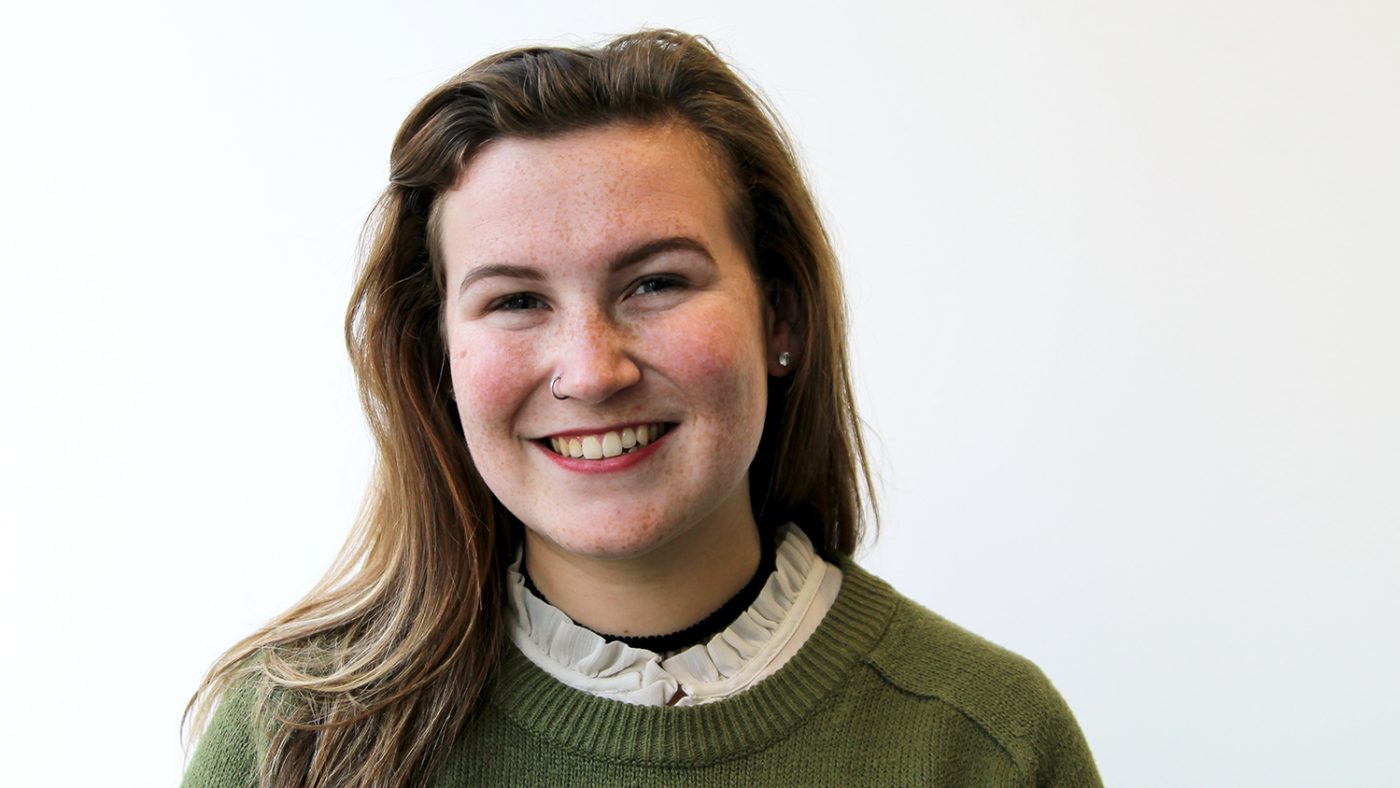
“Before I turned 20 I hadn’t even been able to make a phone call”
Accessibility consultant and inclusive technology advocate Molly Watt speaks regularly about sensory impairment and accessible design.
She has held talks at the UK Houses of Parliament, the BBC, Harvard Medical School and the Apple Campus, and she visited Sightsavers recently to share her experiences of assistive technology and her personal story.
“I was born deaf, and was given my first pair of hearing aids at just 18 months old. My parents were adamant that I would be mainstream ‘oral’ so I could communicate with anybody and everybody,” she explained. Yet she admitted she hated the new experience of sound. “I used anything to take my hearing aids out. They’d be behind the sofa, down the toilet – anywhere but in my ears.”
Moving to senior school, Molly’s sight began to deteriorate: following many appointments with ophthalmologists, it was confirmed that she had Usher syndrome – a combination of deafness and retinitis pigmentosa, a genetic form of blindness that affects the retina. Molly went from being fully sighted to partially sighted by the age of 12. By the time she was 14, she was severely sight-impaired.
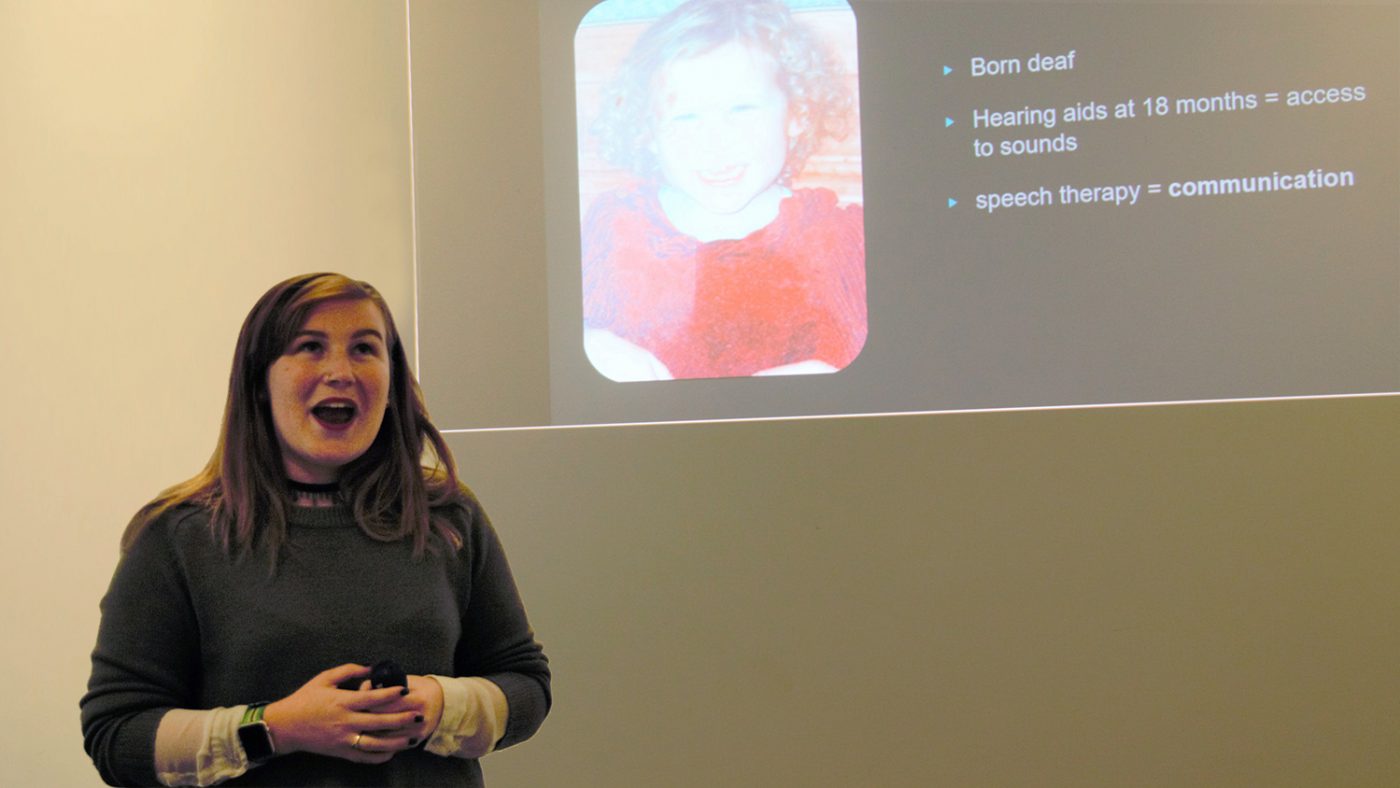
Controlling sound through an iPhone
Molly now uses technology to assist her in everyday life – much of it created by Apple. She explained that thanks to her hearing aids she is “able to communicate”, but that’s not all: her digital hearing aids feature smart technology linked to an app that enables her to control her hearing through her iPhone.
“If I’m in a restaurant and it’s really busy, I can bring out my phone, make a few adjustments, reduce background noise and focus on the person in front of me,” she explained. “Before I turned 20 I hadn’t been able to make a phone call. Now when it rings I can put on loudspeaker and talk to my grandad who lives four hours away, all via Bluetooth technology.”
What’s more, if her hearing aids start playing up, Molly no longer needs to visit her audiologist. Instead she sends a report of what’s going wrong to an external audiologist via her iPhone. They send back an update, which, when scanned to the hearing aids, reprogrammes them and fixes the problems.
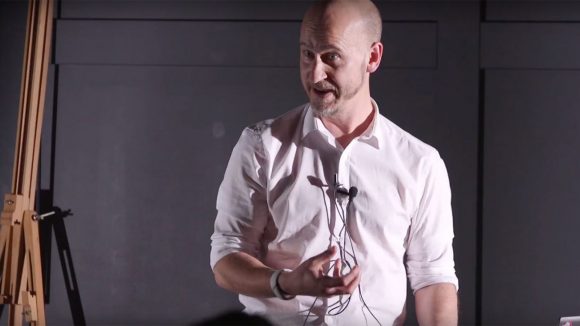
More on accessible technology
Microsoft's Hector Minto visited Sightsavers recently to explain how the tech giant is championing assistive technology.
Read moreMolly also uses an Apple watch featuring a camera and accessibility tools that enable her to keep track of who is visiting her at home. The camera picks up motion and notifies Molly when someone is at her door via her watch or iPhone. She is then able to zoom in using the accessibility tools to see who it is, or answer via the technology and ask who it is. This enables her to live more independently.
Molly rounded off her talk by saying: “Without my tools I wouldn’t feel safe, independent or confident. Accessibility is my life, which is why I consult on accessibility and usability. Everything comes back to digital and technology, because that is the way the world goes now – everybody is online.”
It’s easy to agree with this statement, and the experiences of many people with disabilities in high income countries are likely to be the same. Yet in many of the low and middle income countries where Sightsavers works, technology is still not readily available to assist disabled people to live their lives with dignity and independence.
This is where we need to make progress: to close the accessibility gap so affordable assistive devices are available to all.
Author
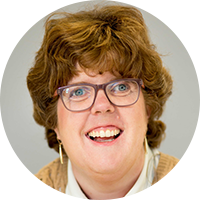 Kate Bennell is the organisational inclusion coordinator at Sightsavers UK. Severely sight impaired herself, she coordinates the Social Inclusion Working Group and champions accessibility.
Kate Bennell is the organisational inclusion coordinator at Sightsavers UK. Severely sight impaired herself, she coordinates the Social Inclusion Working Group and champions accessibility.
LinkedIn
On reflection
“Listening to Molly made me reflect on my own sight loss. I’ve had sight problems since the age of three, when I had a brain haemorrhage, but my sight loss wasn’t discovered until I was 17.
“Molly talked about experiencing depression and anxiety when she lost her sight because her friends, teachers and society didn’t understand what she needed or wanted. I too experienced isolation and was subject to bullying at school because my visual impairment was not accepted or understood by my peers.”
Read about Sightsavers’ commitment to inclusion
Social Inclusion Working GroupMore from the
Social Inclusion Working Group
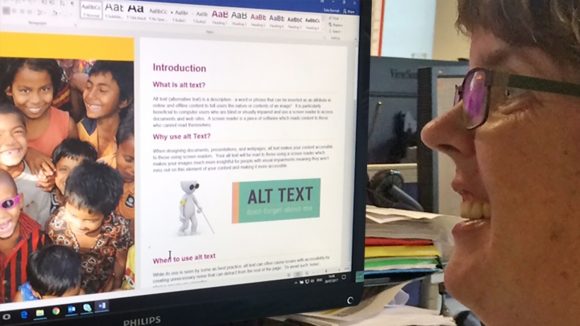
How to support people with hydrocephalus at work
Sightsavers’ Kate Bennell shares her experience of living with hydrocephalus and explains how employers can support colleagues with the condition.
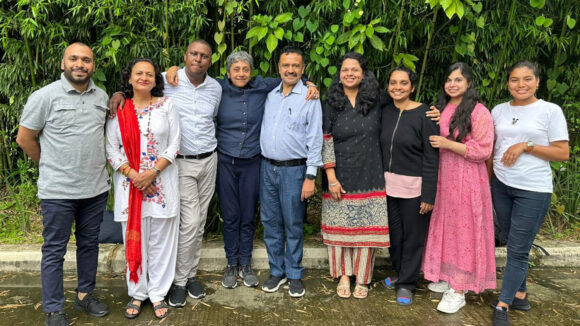
How people with psychosocial disabilities can claim their rights
Sightsavers’ Kate Bennell reflects on a recent talk led by Transforming Communities for Inclusion about psychosocial disabilities.
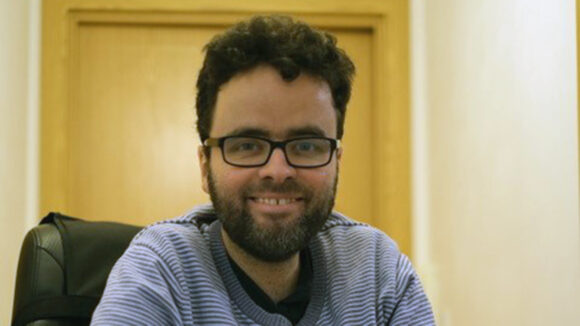
“My aim is to make the world a better place for disabled people”
Sightsavers’ Kate Bennell talks to Peter Fremlin, curator and author of the Disability Debrief, about the online newsletter which provides a disability lens on world news.